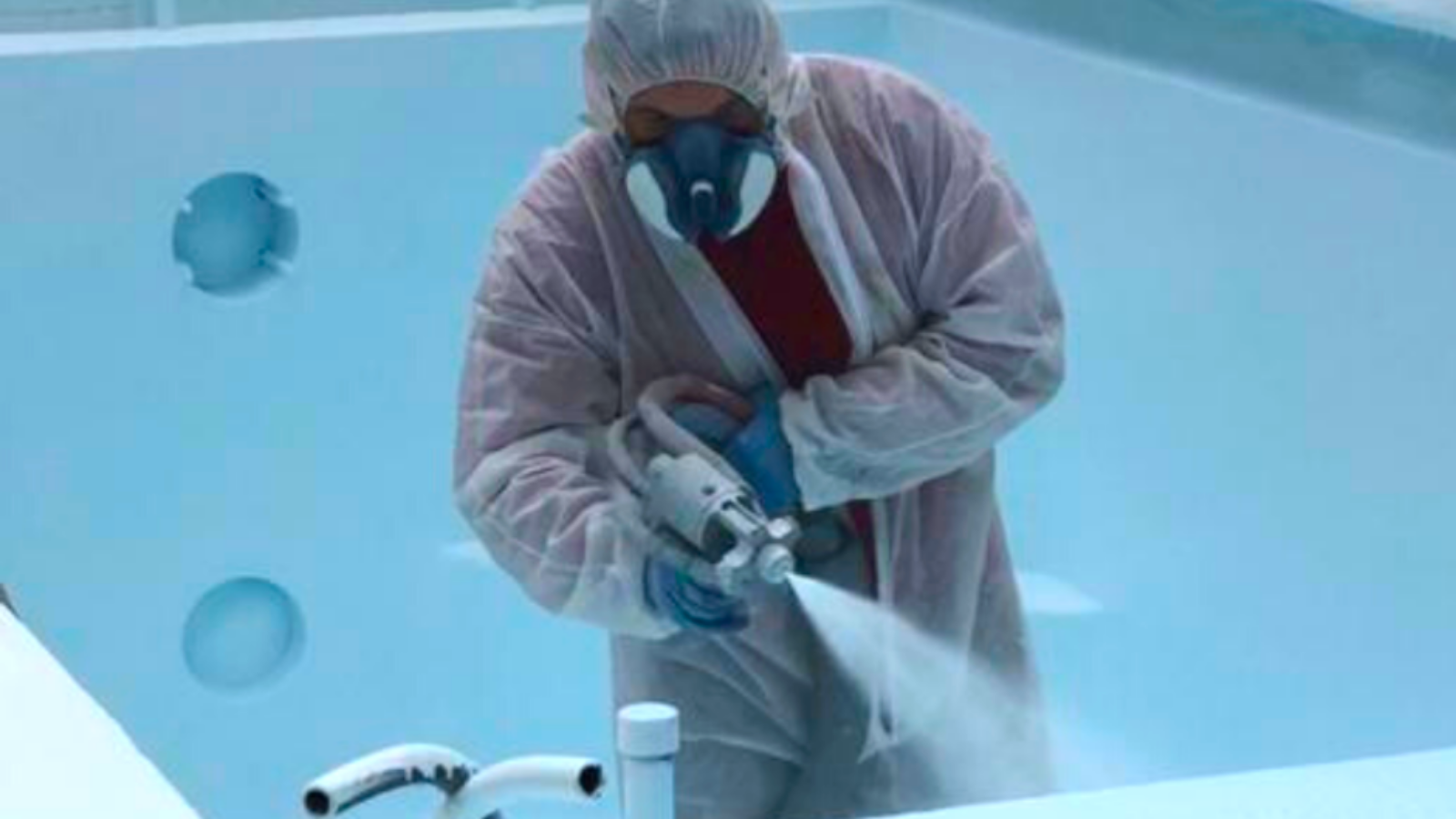In the realm of coatings, both polyurea and cementitious materials provide solutions, for shielding structures from physical harm. Each material possesses characteristics that render it appropriate for purposes. Having a grasp of the disparities between polyurea and cementitious coatings can assist professionals in selecting the option for their requirements. This piece delves into the strengths and attributes of each material offering insights into when to opt for polyurea versus when cementitious coatings might be more favorable.
Unraveling Polyurea
Polyurea is an elastomer formed through a chemical reaction between an isocyanate component and an amine resin. This reaction yields a polymer that solidifies rapidly creating a pliable coating. The quick curing process enables application making polyurea well suited for projects with time constraints. Once fully cured polyurea forms a watertight shield that shields surfaces from environmental pressures.
The flexibility of polyurea stands out as one of its attributes. Unlike coatings, polyurea can. Compress without fracturing making it appropriate for surfaces subject to movement or changes in size. This adaptability proves beneficial in settings to temperature fluctuations or mechanical strains, such as rooftops, bridges or industrial flooring.
Moreover aside from its flexibility polyurea boasts resistance, against water infiltration, chemicals and abrasive forces. These characteristics make it a popular option, for situations where the coating must endure conditions like in settings, wastewater treatment facilities or heavy duty industrial environments.
Understanding Cement Based Coatings
Cement based coatings are what their name indicates – coatings created from a blend of cement, water and different additives. They are applied as a slurry that solidifies into a lasting layer. For centuries cement based materials have been utilized to safeguard and reinforce structures and continue to be favored for uses today.
Cement based coatings are recognized for their durability and stiffness. Once they set they create a watertight layer that offers protection against physical impacts and environmental elements. This property makes them well suited for surfaces requiring resistance to wear and tear, such as walls, floors and foundations.
The inherent robustness of cement based coatings also grants them fire and heat resistance capabilities. This quality deems them suitable for situations where fire resilience’s crucially important – like in tunnels or industrial sites.
Comparison Between Polyurea and Cement Based Coatings
When deciding between polyurea and cement based coatings various factors need to be taken into account such, as flexibility curing time, environmental endurance and the specific conditions of the application site.
Polyurea is often preferred for projects that require curing and flexibility as it can adapt rapidly to conditions. Its ability to endure environments and resist chemicals and water makes it an excellent choice, for marine protective applications.
On the hand cementitious coatings are best suited for situations that demand hardness and lasting durability. Their slower curing process allows for application, which’s crucial for achieving a smooth and uniform coating. The strength of coatings lies in their capacity to create a resilient surface that can withstand physical impacts and environmental stressors making them ideal for safeguarding concrete structures, foundations and surfaces subject to heavy use or loads.
Although both materials offer protection, their distinct characteristics make them suitable for applications. Polyurea excels, in speed and flexibility ensuring reliability in demanding environments where the coating must endure levels of stress. Cementitious coatings stand out for their toughness and longevity delivering a finish that performs well in environments to wear and exposure.
Deciding on the Appropriate Coating
The choice of coating material depends on the requirements of each project.
If you need a coating that can quickly be applied and adapt to surface movement polyurea is your bet. This is especially important, in industries like construction or infrastructure where surfaces undergo changes and downtime should be minimized.
On the hand if you require a coating with a durable impermeable finish cementitious coatings might be more suitable. This is particularly crucial in settings where the coating needs to endure use, impacts or fire exposure such as floors or tunnels.
Polyurea and cementitious coatings protect various surfaces. By understanding their qualities, professionals can select the material for each job to ensure optimal performance under specific conditions.
In conclusion both polyurea and cementitious coatings are choices for coatings with their own strengths depending on the application. Polyureas quick curing time, flexibility and resilience in environments make it perfect, for marine uses.
The strength of coatings lies in their durability, hardness and ability to create a impermeable finish making them a reliable option, for concrete structures, foundations and surfaces that require lasting protection against physical wear and environmental elements.
Professionals can enhance their decision making by understanding the distinctions between these materials. This knowledge enables them to achieve outcomes and ensure safeguarding for the surfaces they protect. Whether prioritizing speed and adaptability with polyurea or prioritizing toughness and resilience with coatings choosing the appropriate coating guarantees project success by delivering the protection and performance, in challenging conditions.

